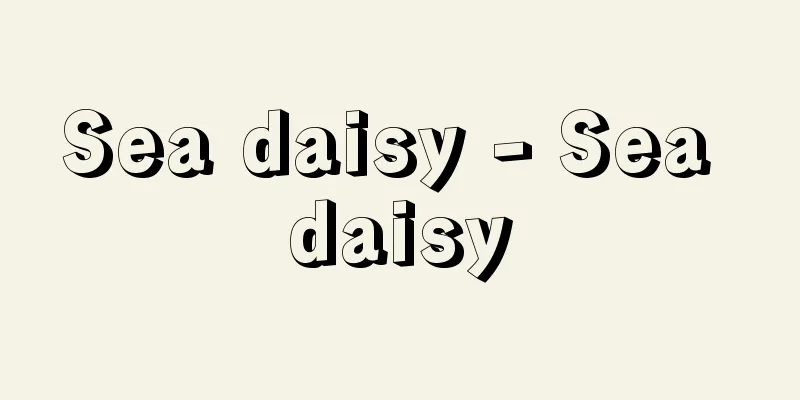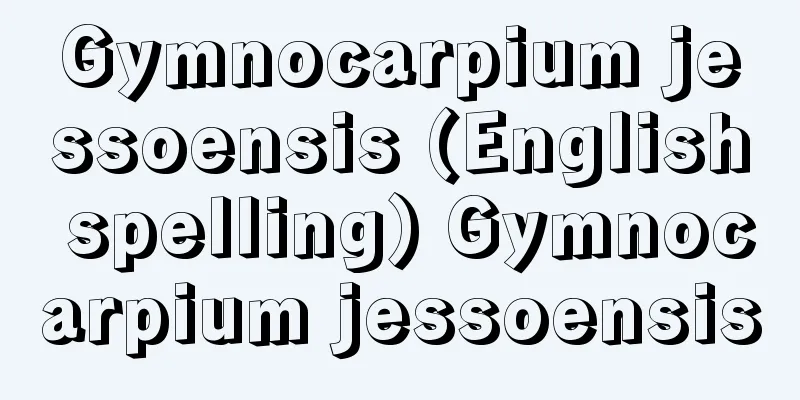Family Income and Expenditure Survey

|
This survey is conducted to compile "household statistics," one of the core statistics based on the Statistics Act. The Ministry of Internal Affairs and Communications Statistics Bureau conducts the survey every month, and the survey results are compiled and published monthly, quarterly, and annually. It is considered the most basic of all statistics related to households. Its purpose is to grasp the actual state of household income and expenditure, and to provide basic information for formulating national economic and social policies. It is also used to estimate gross domestic product (GDP) and calculate the purchase ratio (weight) of the consumer price index. The survey subjects were all households nationwide, excluding households in institutions and single-person student households (there were approximately 8,000 households with two or more members, and approximately 670 single-person households). All households nationwide were selected using a three-stage stratified sampling method. Specifically, in the first stage, all municipalities nationwide were divided into groups (strata), and one municipality was selected from each group, totaling 168 municipalities. In the second stage, survey districts (unit blocks) were randomly selected from each municipality. In the third stage, enumerators created a list of all households in the survey district, and survey households were randomly selected from this list using a random number table. The survey is basically conducted by having the target households fill out a "household account book." In the Family Income and Expenditure Survey, the target households are classified into three categories: working households, unemployed households (pensioners, etc.), and other households (self-employed households). For working households and unemployed households, daily household income and expenditures are surveyed, while for other households, only expenditures are surveyed. In addition, all surveyed households are surveyed using a "Household Questionnaire" to investigate the attributes of the household and household members, the state of their housing, etc., and an "Annual Income Questionnaire" is used to investigate income for the past year, including the month the survey began. Additionally, households with two or more members are surveyed using a "Savings Questionnaire" to investigate their savings and debt status, and plans to purchase land and buildings such as homes. The current Family Income and Expenditure Survey evolved from the "Consumer Price Survey" which began in July 1946 (Showa 21) after the Second World War. This survey covered daily shopping, but in September 1950 it was revised to grasp both the income and expenditure of households, and in November 1951 the name was changed to the "Survey of Actual Consumption Conditions." Furthermore, the survey method and expense classification were revised, and in April 1953 the name was changed to the current "Family Income and Expenditure Survey." Furthermore, in July 1962 the population area was expanded to the whole country, and the survey targets were expanded to 168 cities, towns, and villages, covering approximately 8,000 households. In January 1981, the five major categories of consumer expenditure were changed to ten major categories. In July 1999, agricultural, forestry and fishing households were included in the survey, and in January 2000, in addition to the previous category of "excluding agricultural, forestry and fishing households," the survey also began to compile data including agricultural, forestry and fishing households. The classification of agricultural, forestry and fishing households was abolished in January 2018. From January 2002, the survey target was expanded to about 9,000 households, including single-person households. In addition, for households with two or more people, the survey method was changed to only surveying the weight of food items for one month from the start of the survey, and the survey using the savings questionnaire mentioned above was newly started. As a result, the Income and Expenditure Survey for Single-Person Households and the Savings Trends Survey were abolished. Amid major changes in the economic structure, reforms are being made to the household budget survey. In October 2001, the Household Consumption Survey was launched to complement the household budget survey, with the aim of understanding digital-related consumption and high-value consumption. In January 2018, household classifications were updated to the current three categories, reflecting the aging population, including an increase in pension-receiving households. In addition, the format of the household budget was revised to make it easier to fill out, and online responses are now possible. Incidentally, household surveys were also conducted by the Cabinet Statistics Bureau in 1926 and from 1931 to 1941 before World War II. However, these were not conducted using random sampling methods and therefore cannot be directly linked to the postwar household survey figures. [Nobuo Iizuka March 20, 2019] [Reference] | | | | | | | |Source: Shogakukan Encyclopedia Nipponica About Encyclopedia Nipponica Information | Legend |
|
統計法に基づく基幹統計の一つである「家計統計」を作成するために行われる調査。総務省統計局が毎月調査を実施し、調査結果は月次、四半期、年ごとに集計・公表されている。家計に関する諸統計のなかでもっとも基本的なものと位置づけられている。家計収支の実態を把握し、国の経済政策・社会政策の立案のための基礎資料を提供することを目的としている。また、国内総生産(GDP)の推計や、消費者物価指数の購入割合(ウェイト)の算出にも用いられている。 調査対象は、施設等の世帯および学生の単身世帯を除いた全国の世帯(世帯人員が2人以上の世帯数は約8000、単身世帯数は約670)である。全国の全世帯から層化3段抽出法によって選んでいる。具体的には、第1段階では、全国の市町村をグループ(層)に分け、それぞれのグループから一つずつ合計168市町村を選ぶ。第2段階では、各市町村から調査地区(単位区)を無作為に選ぶ。第3段階では、調査地区内のすべての世帯のリストを調査員が作成し、そのなかから乱数表を用いて調査世帯を無作為に選んでいる。 調査は、基本的に対象世帯が「家計簿」を記入する形で実施する。家計調査では、調査対象の世帯を勤労者世帯、無職世帯(年金受給者など)、その他の世帯(個人営業世帯)の三つに分類しているが、勤労者世帯と無職世帯については日々の家計上の収入および支出を、その他の世帯については支出のみを調査している。 このほか、すべての調査世帯について世帯および世帯員の属性、住居の状態に関する事項などを「世帯票」により調査し、記入開始月を含む過去1年間の収入を「年間収入調査票」により調査している。また、世帯人員2人以上の世帯に対して、貯蓄・負債の保有状況および住宅などの土地建物の購入計画について「貯蓄等調査票」により調査している。 現在の家計調査は、第二次世界大戦後の1946年(昭和21)7月に始まった「消費者価格調査」から発展したものである。この調査は日々の買い物を対象にしていたが、1950年9月からは家計の収支両面を把握できるように改正し、1951年11月からは名称を「消費実態調査」と改めた。さらに、調査方法と費目分類を改正し、1953年4月から名称が現在の「家計調査」となった。さらに、1962年7月には、母集団地域を全国に、調査対象を168市町村、約8000世帯に拡大した。 1981年1月からは消費支出の5大費目分類を10大費目分類とした。1999年(平成11)7月からは農林漁家世帯を調査の対象に取り込み、2000年(平成12)1月から、それまでの「農林漁家世帯を除く」集計に加え、「農林漁家世帯を含む」集計も開始した。なお、農林漁家世帯の分類は2018年1月から廃止している。 2002年1月からは、単身世帯を含む約9000世帯に調査対象を拡大した。また、2人以上の世帯では、食料品の重量の調査を調査開始から1か月間のみ行う方法に変更するとともに、新たに前記の貯蓄等調査票による調査を開始した。これに伴い、単身世帯収支調査および貯蓄動向調査は廃止された。 経済構造の変化が大きくなるなかで、家計調査の改革が行われている。2001年10月からは、デジタル関連消費、高額消費の把握を目的に、家計調査を補完するものとして「家計消費状況調査」が始まった。2018年1月からは、年金受給世帯の増加など高齢化を反映して、世帯分類が現行の3分類になった。また、家計簿の様式をより記入しやすいものに改定したほか、オンライン回答も可能となった。 なお、家計調査は、第二次世界大戦前の1926年および1931~1941年にも内閣統計局によって実施されていたが、これは無作為標本抽出法による調査ではないため、戦後の家計調査の数字とは直接つながらない。 [飯塚信夫 2019年3月20日] [参照項目] | | | | | | | |出典 小学館 日本大百科全書(ニッポニカ)日本大百科全書(ニッポニカ)について 情報 | 凡例 |
<<: Household Statistics - Kakei Tokei
>>: Joan of Arc at the stake - Joan of Arc at the stake
Recommend
Azabu Yamauchi Family
...Nakamura Domain incurred the wrath of Shogun T...
Anderson localization
A phenomenon in which electrons become spatially l...
Edo Shipping Wholesaler - Edozumifunadonya
...When the stock association was dissolved in 18...
Atomic nuclear model
Because the mathematical treatment of atomic nucle...
Morley, Thomas
Born: 1557/1558, London [died] 1603. London. Engli...
hypoid gear
...Also, as you go from the inner end to the oute...
Water meter - Suiryoukei (English spelling) water meter
Also called a water meter. An instrument that indi...
Credit investigation
Generally, it means investigating the credit stat...
Ogino Sawanojo - Ogino Sawanojo
Year of death: August 19, 1704 (September 17, 1704...
《Statue of a cavalry warrior》 - Kibamushazo
...The wide range of subjects and techniques, fro...
Brutalism
… While the mainstream of British architecture in...
Causes du Lundi (English) Causes du Lundi
...From about 1830, in addition to his commentari...
Nara version - Naran
[Noun] This is a general term for the editions pub...
Elder - Tairo
This was the highest-ranking position in the Edo ...
Caribbean Policy
The policy of the United States to maintain influe...

![Takanoyu [Hot spring] - Takanoyu](/upload/images/67cc1dca6ba54.webp)







